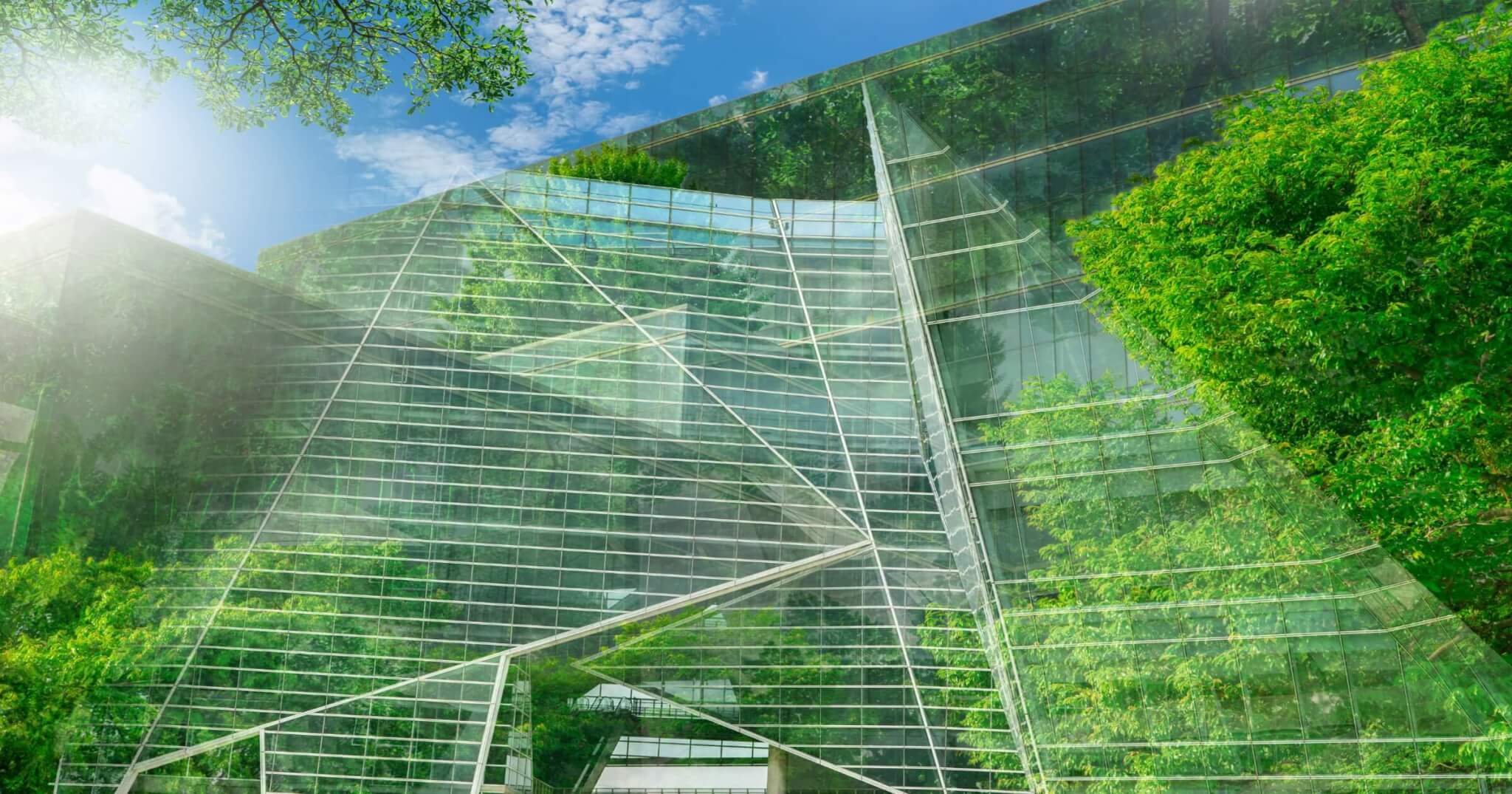Image courtesy of Shutterstock
The construction industry generates almost a third of the world’s waste and nearly 40% of energy-related CO₂ emissions. Those numbers are economic deadweight that add up over time, increasing the environmental risks we face today. However, within this waste lies an opportunity. According to a report from McKinsey, circular construction methods can help reduce waste and unlock a $360 billion net value gain by 2050.
Materials aren’t the problem. Our system is.
Most construction sites still treat excess as the norm: over-ordering materials, sending unused products to landfills, and designing buildings with no plan for what happens after their first life. But there’s growing momentum behind circular construction. Circular construction refers to a method where waste is minimized, materials are reused, and buildings are designed to be easily deconstructed. materials that can be used in circular construction include the following:
Steel
Steel is a prime example of how better material efficiency can drive gains. It’s one of the most used materials in the built environment, but the way steel companies manufacture and use it can be drastically improved. Switching from traditional blast furnaces to electric arc furnaces, which rely on recycled scrap, can slash emissions and reduce reliance on raw materials. Another way to reduce the effects of steel is to reuse steel from demolished buildings. On its own, these shifts could add $61 billion in net value globally by mid-century.
Aluminum
Aluminum is another high-impact material. It’s energy-intensive to produce but infinitely recyclable. The catch? A lot of it is wasted due to poor sorting or being glued into composites. By using more recycled aluminum, designing products for separation, and switching to cleaner fuel sources in manufacturing, the construction industry could avoid nearly 90% of current emissions associated with aluminum and add over $40 billion in value along the way.
Plastics
Plastics present a more complicated challenge. They’re cheap, flexible, and everywhere. But they rarely get reused or recycled in construction. Boosting the use of “regrind” plastic, designing for modular assembly, and phasing in low-emission production can help to reduce environmental impact and generate over $100 billion in retained material value by 2050.
Glass and Drywall
Even glass and drywall are materials many tradespeople take for granted. Flat glass, used in windows and facades, is typically landfilled when a building is demolished. However, using more recycled glass (called cullet) and designing assemblies so panes can be removed and reused could prevent nearly half the emissions from this material and recover $25 billion in value. Gypsum wallboard, often crushed and wasted, could yield another $4 billion if recovered and processed for reuse.
How circular construction can change our world
Beyond individual materials, the most significant overlooked area might be the buildings that already exist. About 80% of the buildings that will stand in 2050 are already standing today. In order to keep up with environmental regulations and goals, many of these buildings will require retrofitting upgrades, including insulation, windows, heating systems, and other components. These energy retrofits will lower utility costs, shrink carbon footprints, and create new demand for skilled trades.
These strategies are opportunities for businesses and tradespeople to be a part of a broader solution. The businesses and entrepreneurs that solve these problems will gain access to billions of dollars while improving our built world. While the upfront costs can be higher, the long-term value, both in dollars and resource conservation, is hard to ignore.
Want more stories about the economy and circular construction? Subscribe to our newsletter at underthehardhat.org/join-us to stay on top of the changes shaping the future of construction.


